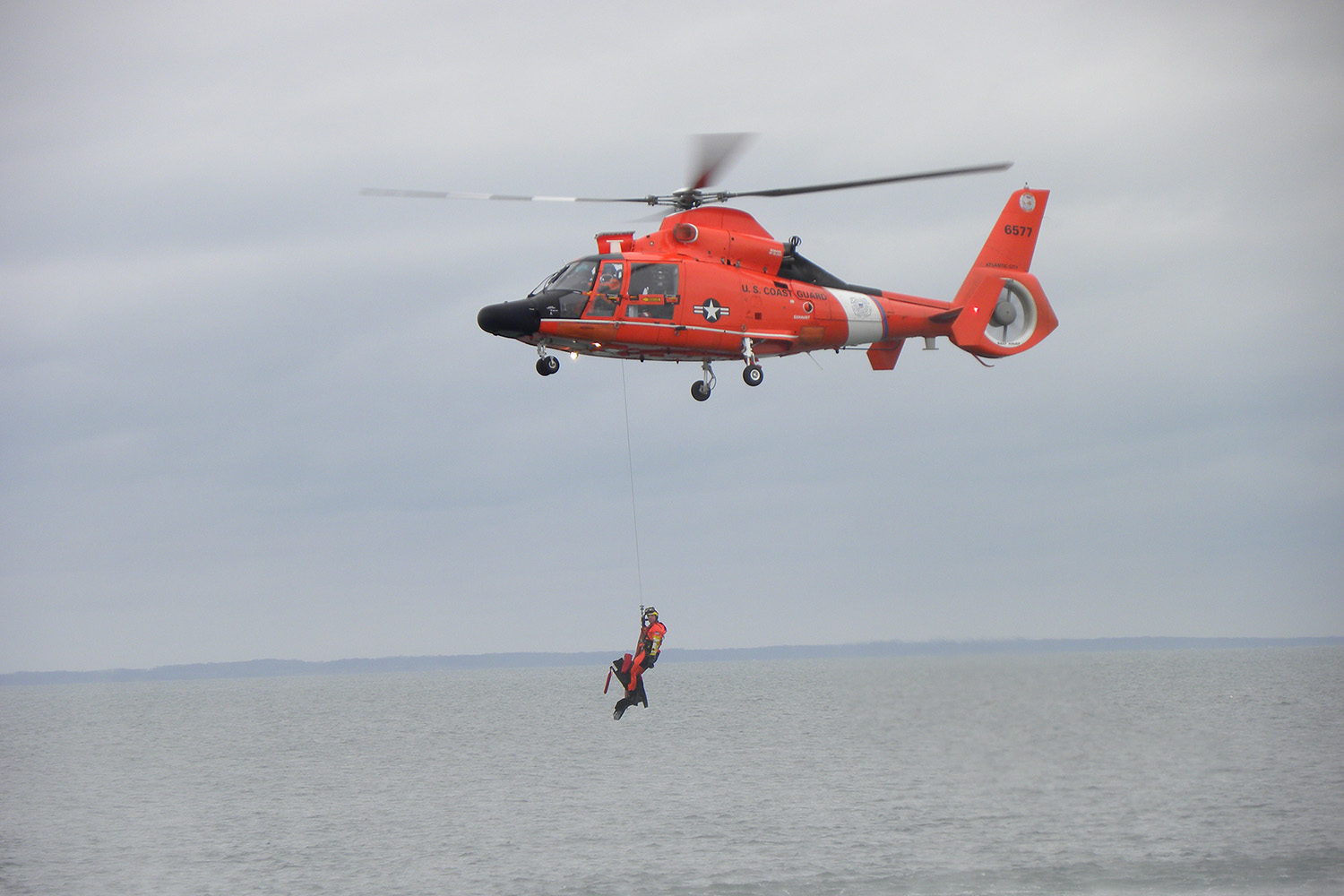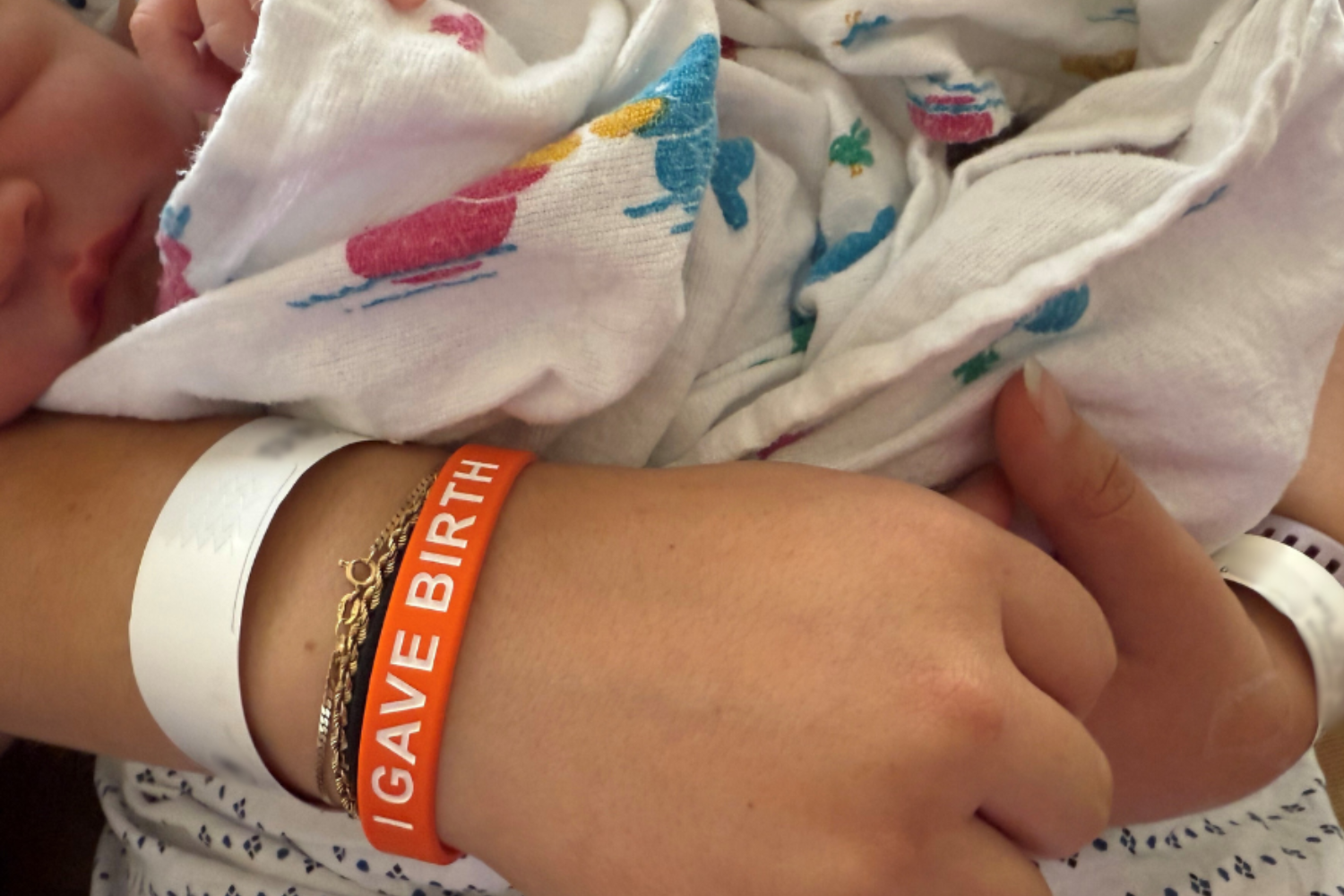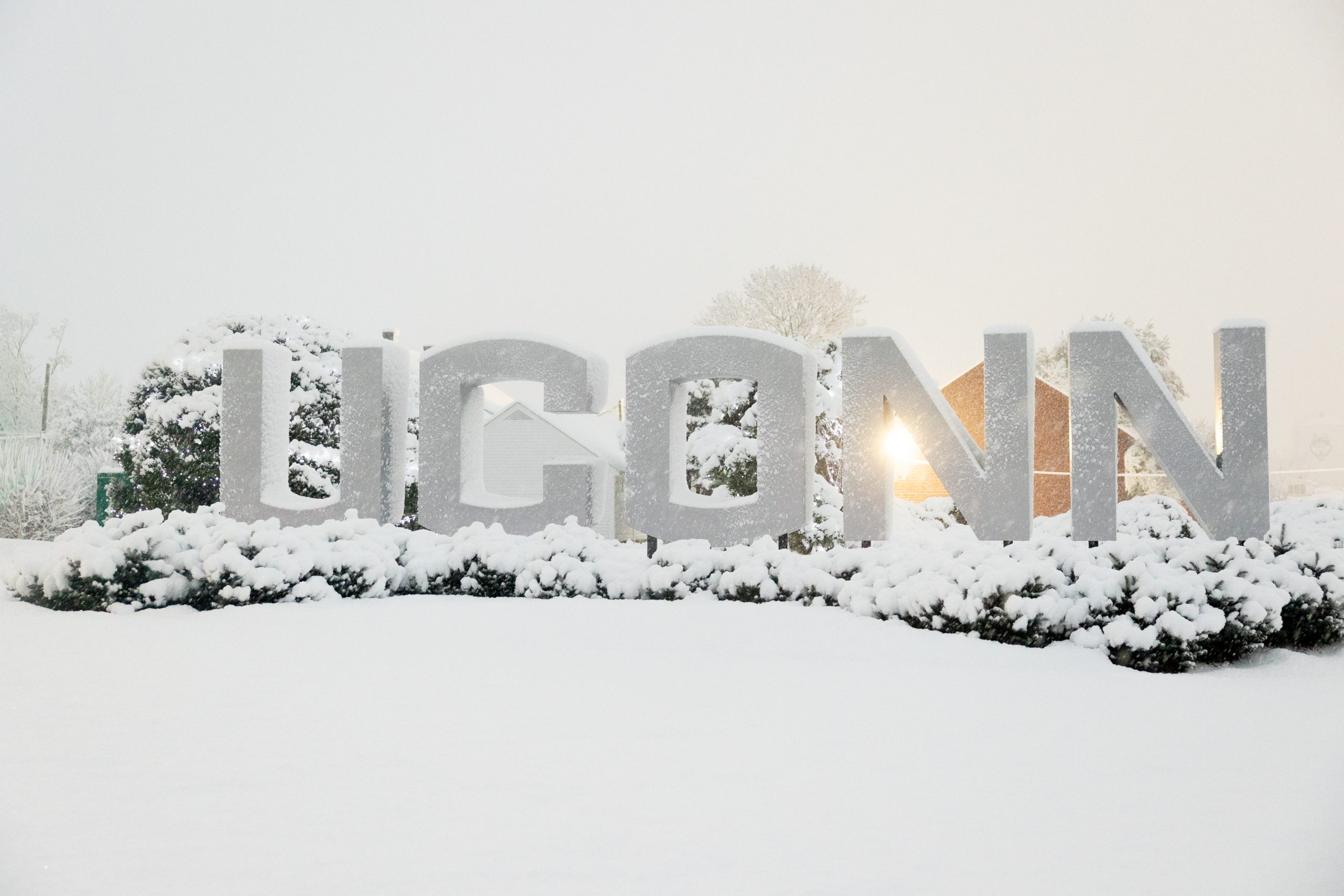From television programs, like the Deadliest Catch, viewers get an idea of how hard it is to make one’s living in commercial fishing. The possible hazards depicted, such as having a crew member go into the water or discovering a fire onboard, are also serious threats for commercial fishermen who ply the waters of New England.
In 2018, there were 406 licensed commercial fishermen in Connecticut. Survival is at stake.
According to the National Institute for Occupational Safety and Health (NIOSH), 225 commercial fishing deaths occurred in East Coast fisheries from 2000 to 2014. “Some of New England’s fisheries are the most dangerous in the United States,” said Senior Cooperative Extension Educator Nancy Balcom, who organizes free training sessions to prepare the local fishing industry for the dangers it faces.
In the late 1990s, she took Rhode Island Sea Grant-sponsored training, became a certified instructor and was inspired to teach fisherman safety herself in Connecticut. Now, she is the organizer for two days of classes, the first day is for refreshing skills and the second is for drill conductor certification training. Balcom, who also does seafood safety training, says she thought, “This is a service I can provide to the Connecticut fishermen with whom I have worked over the years.”
Although the classes are not mandatory, they are an important resource that could help save the lives of the participants and their co-workers, according to Balcom.



